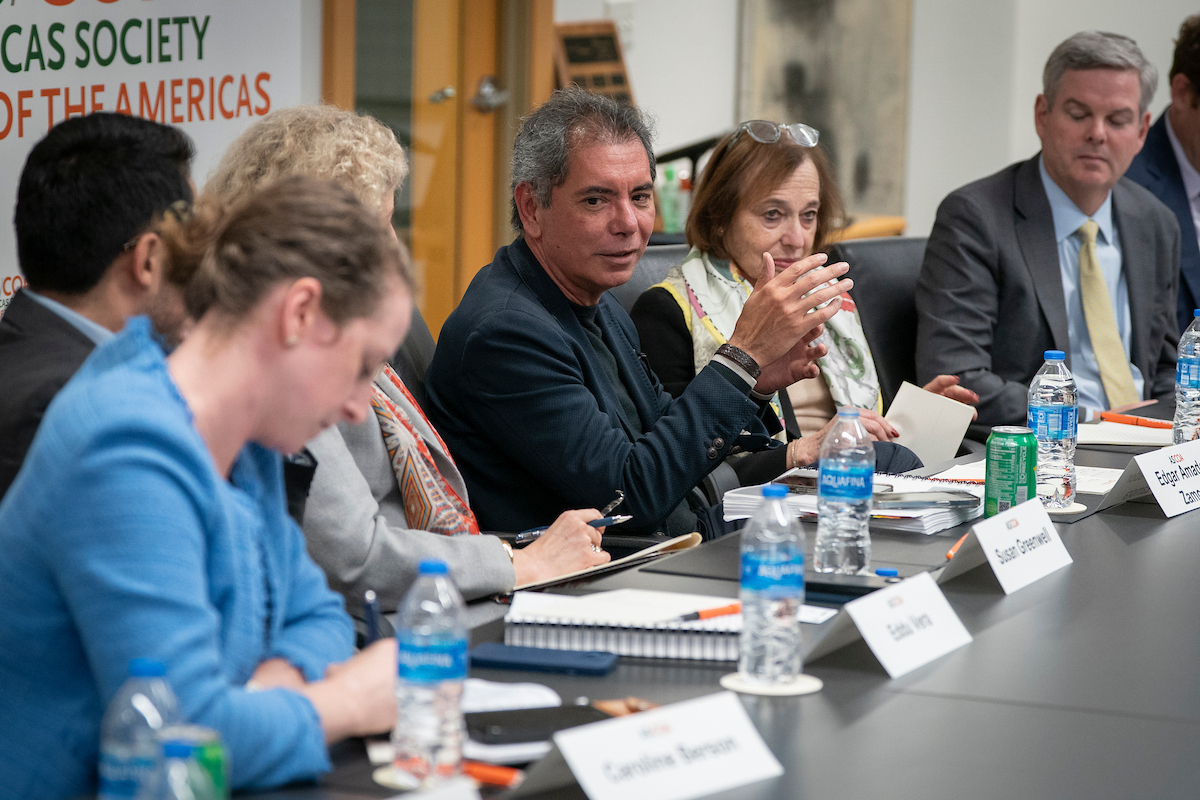Combating Youth Unemployment in Peru
Combating Youth Unemployment in Peru
President Ollanta Humala is committed to getting youth back to work, but job opportunities should be complemented with more robust youth labor rights.
Youth unemployment rates are near 20 percent in some areas of Peru, and not coincidentally, gang activity also is on the rise. It is a situation that cannot be ignored and one which President Ollanta Humala pledged to address during the campaign.
His solution: combat gangs by promoting job training. This August, just weeks after his inauguration, Humala —Trabaja Perú (Peru Works) and Jóvenes a la Obra (Youth Get to Work)—to begin to address the official 14 percent youth unemployment rate. The programs have the much needed goals of encouraging training and entrepreneurship and connecting young workers to labor markets.
On September 13, the president once again demonstrated his commitment to Trabaja Perú at the formal launch of the program in Lima: “That's what we have to do, generate jobs, generate dignity and respect among people.” At the ceremony, Humala noted that the program will create jobs in 195 provinces with emphasis given to those in the lowest income quintile. Minister of Labor and Employment Promotion Rudecindo Vega has said that Trabaja Perú will benefit 5 million Peruvians (300,000 jobs by 2012) with employment opportunities building much-needed infrastructure.
The programs have the right goals in mind, and in some respects, they are similar to ProJoven, a program that has provided free vocational training to over 40,000 low-income youth for the past 10 years. But there is more to be done.
Read the full text of the article at AmericasQuarterly.org.
Author Bio: Sabrina Karim was a 2010 U.S. Fulbright Scholar to Peru, affiliated with Grupo de Análisis para Desarrollo (GRADE). She specializes in issues related to gender and security and is starting her PhD in political science at Emory University in fall 2011.








